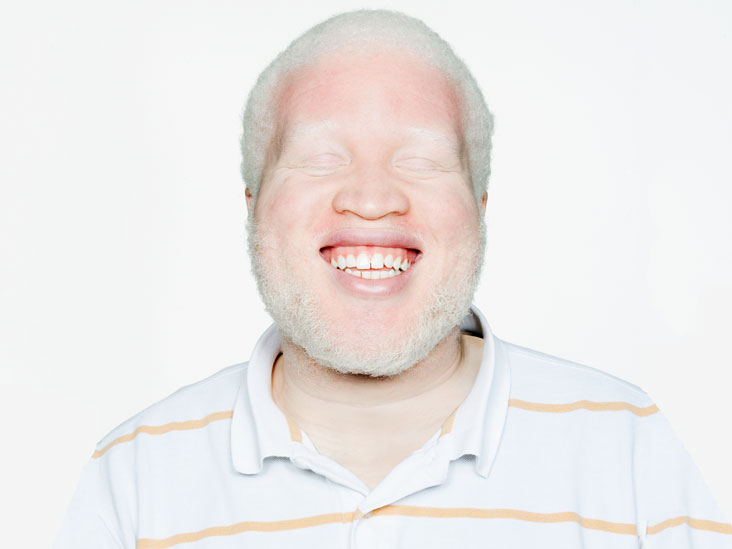
Albinism is a common hereditary disease. Albinos belong to a subgroup of various rare hereditary diseases that occur in newborns. Albinos usually lack normal pigmentation in their skin, hair, and eyes. In people with albinos, melanin is usually absent from hair, eyes, or skin. They may also have areas of lighter skin that lack melanin.
There are different types of albinos. Some are completely albino, others have red or brown pigmentation, and some have very minor albino traits. A mild patient may have some differences in eye color. They may appear blue or green in their eyes and have very blonde hair. Some mild patients may also be slightly sensitive to sunlight. There may be times when people with mild albinism are unable to even leave their homes for safety reasons.
Albino people may be diagnosed with spraying, albino curvature, or albinism. There are three main types of albinosis. It can be autosomal recessive, autosomal dominant, or a combination of both. The genetic cause of Albinosprinkle is unknown. There is evidence that a recessive gene may be responsible for the albino sprinkle.
Albino curvature is caused by the accumulation of abnormal pigment in the blood of the body. Due to the albino curvature, the hair becomes dark, red or brown. In some cases, a person may display a mixture of red and brown. Albinoism can affect any area of the body. This usually manifests itself in childhood, but can also manifest itself in adulthood.
Albino people may also experience hearing or vision impairment, as well as vision, especially near the retina. Albino people can also experience a weak immune system and show symptoms of fatigue. The condition can cause mental retardation and poor muscle coordination.
Albinos are a minority in some countries in Africa, Europe, Asia, Oceania and South America. The causes of albinism in humans are unknown. There are several theories about the causes of albinism. Some studies suggest that albinos are genetically predisposed to light skin pigmentation.
Health professionals were unable to provide specific answers as to the cause of albinism. Geneticists believe that albinos are born with a lack of melanin in their skin. However, there is no direct evidence to support this theory. It is believed that albinos may be predisposed to albinos because they are often in the sun during the day or are in areas with high melanin levels. There are many theories about why albinos can develop albinosis. One of these theories suggests that a lack of melanin can lead to a decrease in the strength of the immune system in some albinos.
People who have albinos in certain regions of the world have a higher chance of contracting diseases such as leukemia. Albinos may also be more susceptible to skin cancer
In many cases, doctors do not know the cause of albinism in humans due to a lack of understanding of certain medications and health conditions. Certain medications are known to cause albinism in some people. For example, birth control pills, antibiotics, and chemotherapy are known to cause albinism.
Treatment for albino patients is also unknown. Some doctors may use surgical procedures such as laser hair removal and phototherapy to treat albinos. A more experimental treatment can be cryosurgery. In this procedure, a special solution is injected into the affected area.
Albino patients can also be treated surgically using chemicals that break down the pigment that causes albinos to appear. This can be done by injecting a chemical directly into the skin.
Albino patients are at a higher risk of skin cancer due to the possibility of infecting others, especially if they are not treated early. Most albino patients live normal lives and their skin and hair color is corrected in adulthood, but in some rare cases, albinos suffer from skin and bone cancers.